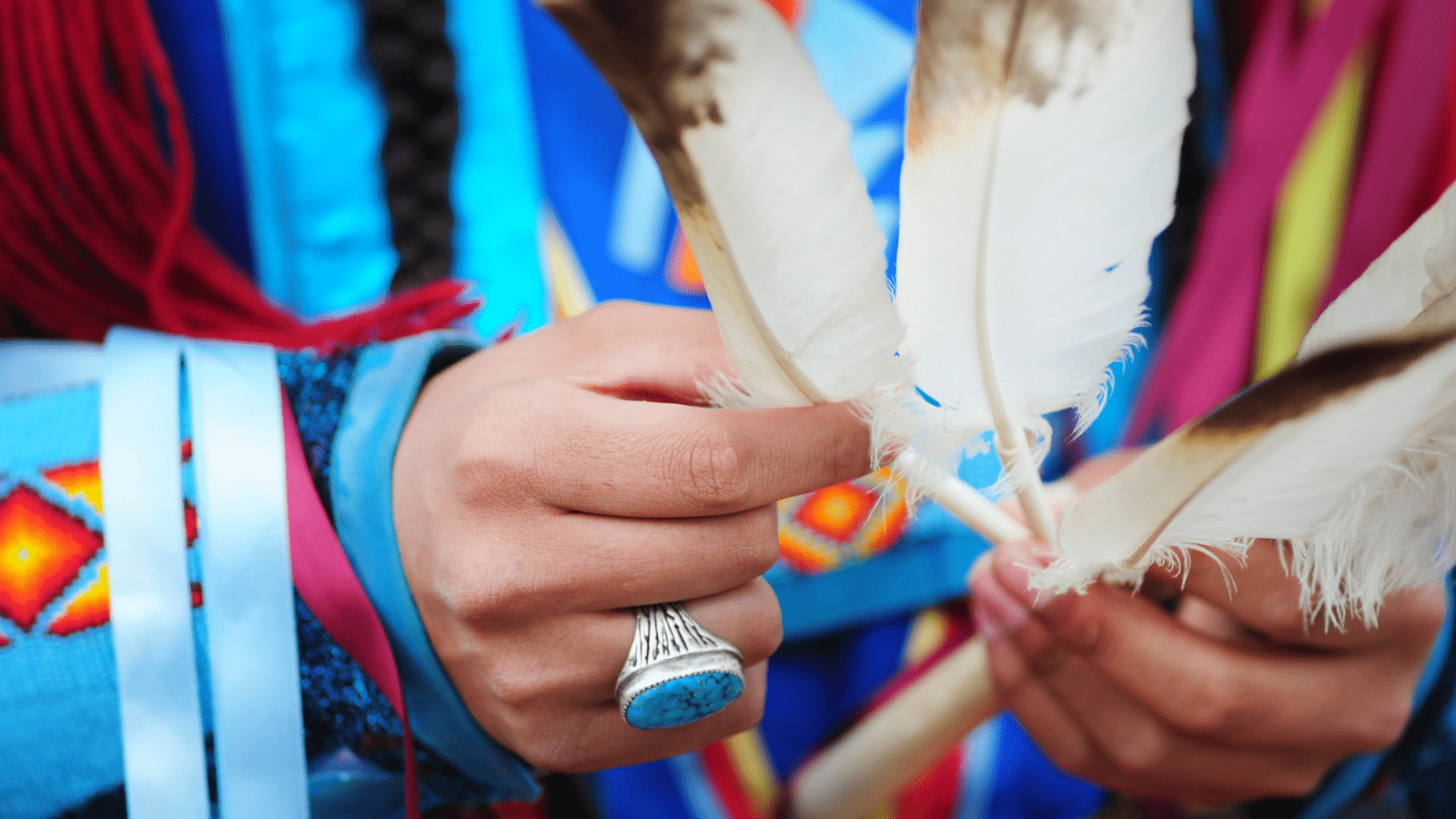We have much more to do and your continued support is needed now more than ever.
Reconsidering Thanksgiving

As many Americans gather this week with family and friends to mark Thanksgiving, we want to take the time to recognize the different meanings this day holds for Indigenous Peoples.
The story of Thanksgiving as often told in schools, on TV, and in popular media, is almost always inaccurate, whitewashed, and without context. To start, the histories that have been shared for generations overlook the central role the Mashpee Wampanoag played in the survival of European colonists. Whereas many think of Thanksgiving as a day of celebration, for many Indigenous communities, the arrival of the Mayflower and European colonists marks not a happy occasion, but the start of centuries of genocide and colonization.
The National Day of Mourning Protest, organized by United American Indians of New England (UAINE), has occurred annually since 1970 in Plymouth, Massachusetts, on the fourth Thursday of November as an expression of many Indigenous Peoples’ protests against the treatment of Indigenous Peoples since the arrival of Europeans on the Northeastern shores. This annual protest is one example of alternative reframing of this day from an Indigenous perspective.
As part of the National Wildlife Federation’s ongoing collaboration with, commitment to, and respect for our Tribal and Indigenous partners, we are dedicated to understanding and sharing the untold history of Thanksgiving and honoring Indigenous Peoples. Here at the Federation, we are engaging with all our staff to reframe this time of year.
The 400th anniversary of the Pilgrims arriving at Plymouth is an excellent opportunity to learn more about the real history of Thanksgiving, contact between Indigenous Peoples and Europeans, and to start a conversation about how to center the histories, knowledge, and rights of Indigenous Peoples. We have a lot of work to do, but the below resources are a place to start.
Resources:
The following resources provide an opportunity to dig in and develop a fuller, more critical understanding of “Thanksgiving” history:
- Reclaiming Native Truth
- National Museum of the American Indian: Rethinking Thanksgiving Celebrations: Native Perspectives on Thanksgiving
- Washington Post: This tribe helped the Pilgrims survive for their first Thanksgiving. They still regret it 400 years later
- Here and Now: For Native Peoples, Thanksgiving Isn’t A Celebration. It’s A National Day Of Mourning
- Cultural Survival: 9 Ways to Decolonize and Honor Native Peoples on Thanksgiving
- Native Land Digital: Find out what Indigenous land you reside upon
- UAINE: National Day of Mourning
This blog was written in collaboration with Indigenous members of the National Wildlife Federation staff. Special thanks goes to Lindsey Bacigal, Jason Baldes, Nizhooni Hurd, and Gabi Rivera.





















